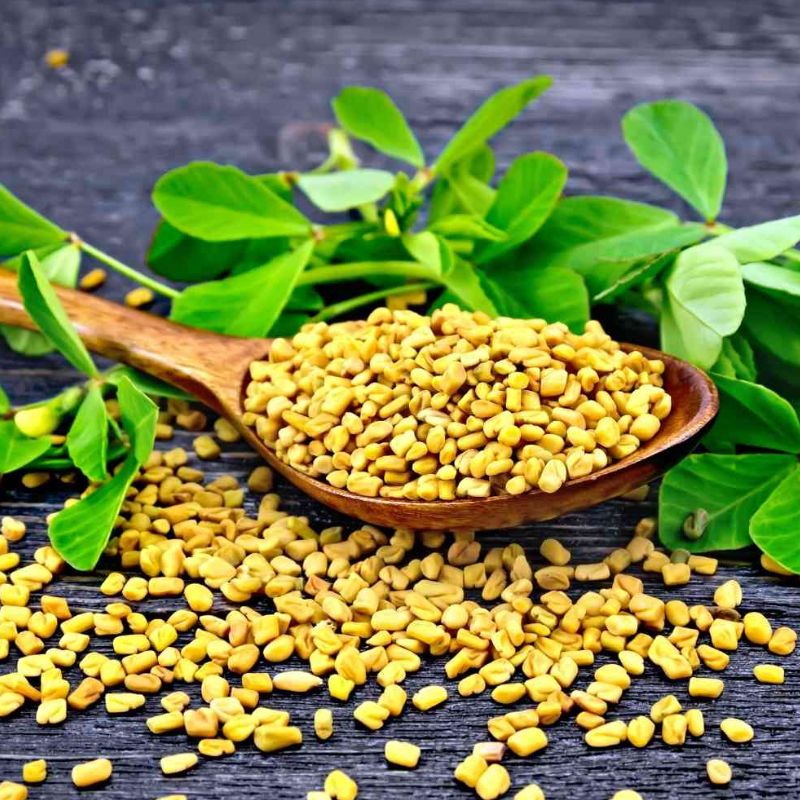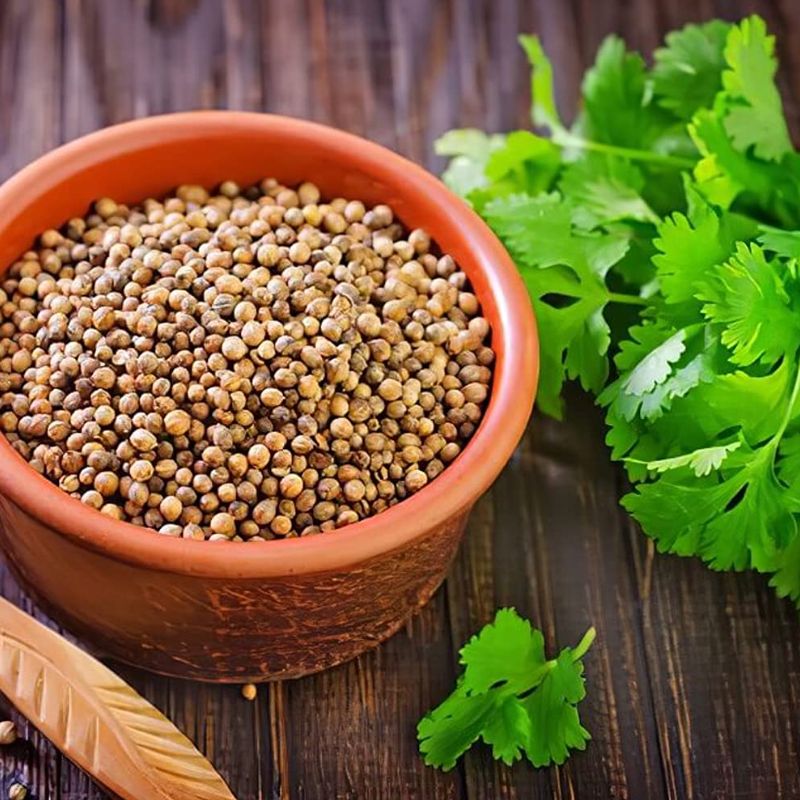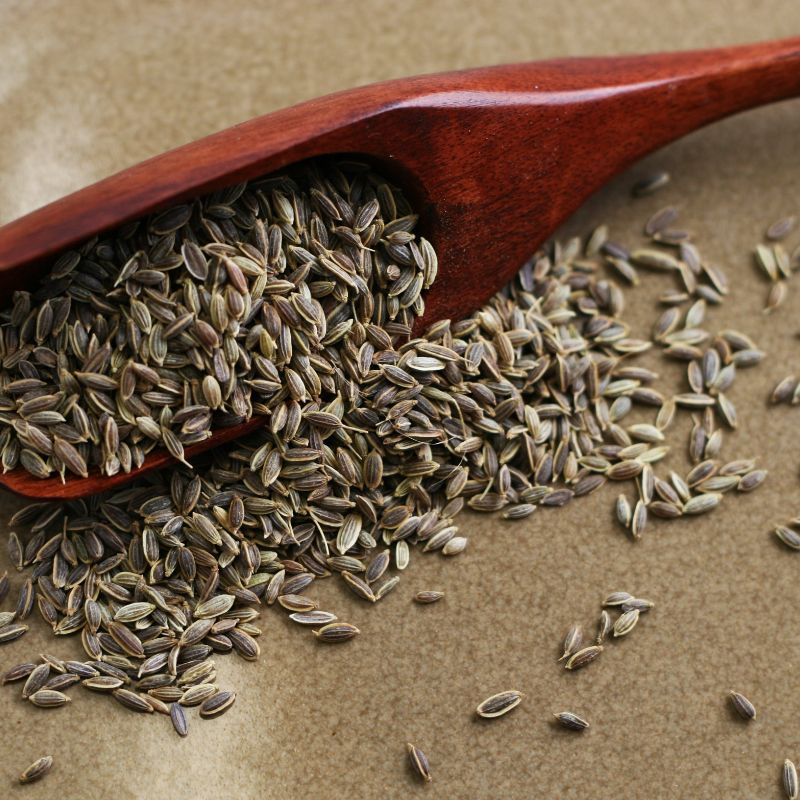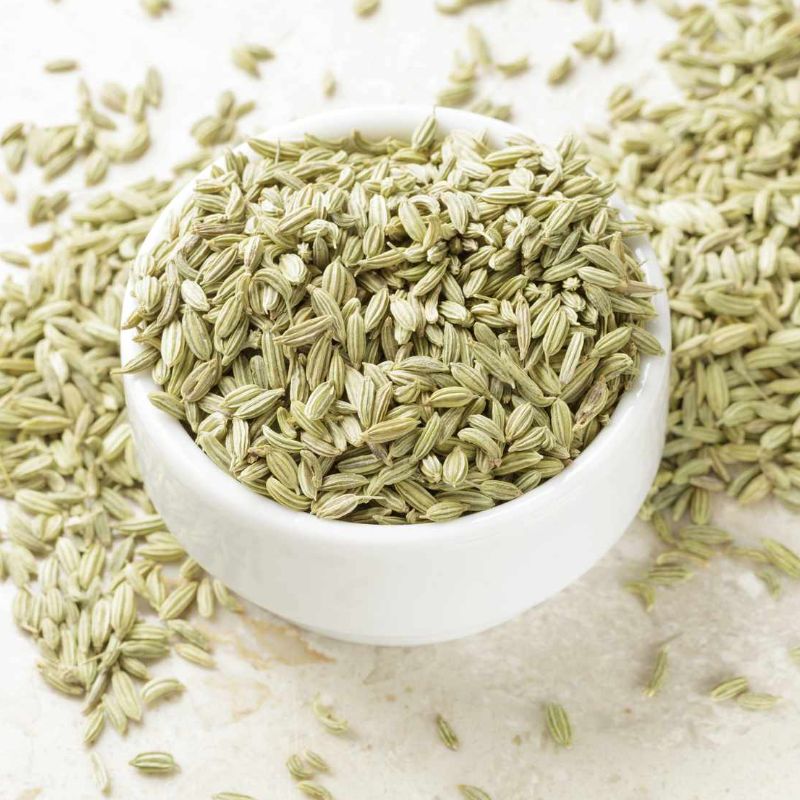Coriander seeds
Coriander (Coriandrum sativum) is a herbaceous annual plant known for its aromatic seeds, which are commonly used as a spice in various cuisines around the world. The plant typically grows to a height of 2 to 3 feet (60-90 cm) and has a slender, erect stem with feathery, lobed leaves. Coriander can produce delicate white or pinkish flowers in umbrella-like clusters, which eventually develop into the sought-after coriander seeds.
₹1,000.00
Coriander Seeds: A Flavorful Spice and Culinary Staple
Plant Description: Coriander (Coriandrum sativum) is a herbaceous annual plant known for its aromatic seeds, which are commonly used as a spice in various cuisines around the world. The plant typically grows to a height of 2 to 3 feet (60-90 cm) and has a slender, erect stem with feathery, lobed leaves. Coriander can produce delicate white or pinkish flowers in umbrella-like clusters, which eventually develop into the sought-after coriander seeds.
Taste and Color: Coriander seeds have a unique and complex flavor profile. They are known for their citrusy, slightly sweet, and earthy taste, often described as a mix of lemon and sage. The seeds are small and round, ranging in color from light brown to golden.
Soil Type for Growth: Coriander prefers well-drained, loamy soil with good organic matter content. It thrives in a soil pH range of 6.2 to 6.8. Adequate moisture and sunlight are essential for its growth.
Production Regions: Coriander is cultivated in various regions worldwide, including Asia, Europe, and North America. In India, the main regions for coriander production include Rajasthan, Gujarat, Madhya Pradesh, and Andhra Pradesh.
Maturity Period: Coriander plants typically reach maturity in about 100-120 days after sowing. The seeds are harvested when they have turned brown and start to split.
Environmental Conditions: Coriander grows best in a temperate climate with moderate temperatures and plenty of sunlight. It’s relatively hardy and can tolerate mild frost. Adequate water is essential, especially during the early stages of growth.
Physical Properties and Ingredients: Coriander seeds are small, round, and have a unique, ribbed texture on their surface. They contain essential oils, primarily linalool and geranyl acetate, which contribute to their distinctive aroma and flavor. Coriander seeds are rich in vitamins and minerals, including vitamin C, vitamin K, calcium, potassium, and magnesium.
Shelf Life and Storage: When properly stored in an airtight container away from direct light and moisture, coriander seeds can maintain their quality for up to three years or more. Ground coriander has a shorter shelf life and should be used within a year for optimal flavor.
Uses and Consumers:
1.Culinary: Coriander seeds are a versatile spice used in various dishes, including curries, stews, soups, and marinades. They are also a key ingredient in many spice blends, such as curry powder and garam masala.
2.Medicinal: Coriander seeds have been used in traditional medicine for their potential digestive and anti-inflammatory properties. They may aid in digestion and help alleviate symptoms like bloating and indigestion.
3.Perfumery and Cosmetics: The essential oils from coriander seeds are used in perfumes, soaps, and cosmetics for their pleasant fragrance.
4.Beverage Industry: Coriander seeds are sometimes used to add a subtle flavor in brewing certain styles of beer and in the production of herbal teas.
Coriander seeds are an integral part of many global cuisines and offer a unique combination of flavor and aroma, making them a cherished spice in kitchens worldwide. Whether used for seasoning, healing, or fragrance, coriander seeds continue to play a significant role in various aspects of human culture and everyday life.







Reviews
There are no reviews yet.